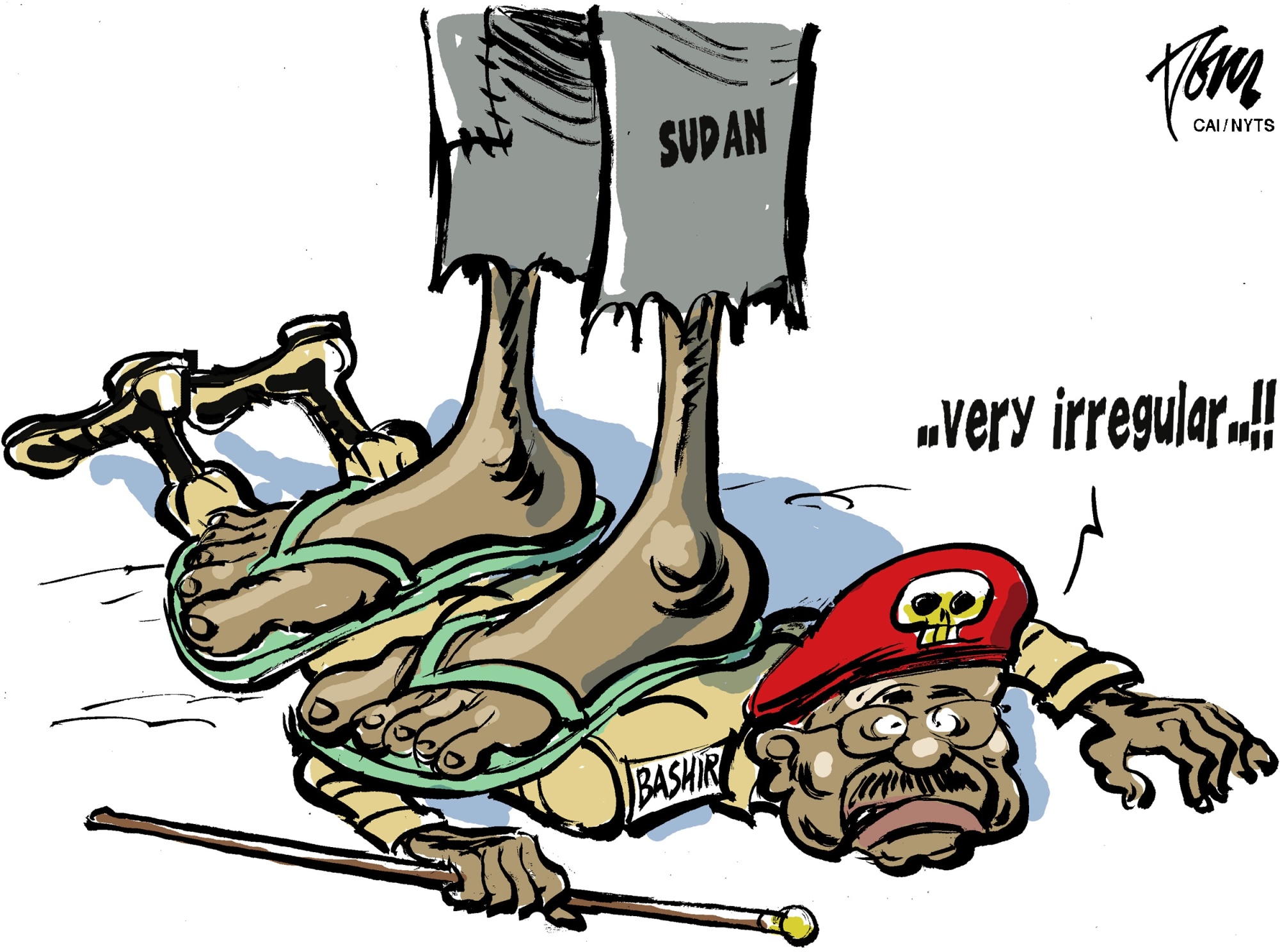Barely a week before Zimbabwe's military ousted President Robert Mugabe in November 2017, its top commander visited Beijing. Exactly what he discussed with his People's Liberation Army counterparts has never been disclosed. But the conclusion Gen. Constantino Chiwenga reached seemed clear — that the 93-year-old leader was losing his grip, and that the only way to save the broader regime was to get him out.
Now it has been the turn of Sudanese President Omar al-Bashir to be ousted by the military that had kept him in power for almost three decades. That followed a similar cycle of protest in Algeria earlier this year that also concluded with President Abdelaziz Bouteflika's removal by an army he once led. Both countries are now entering a messy period of transition — but the lesson from similar events elsewhere would be that while the figure at the top might change, the military-dominated power structures beneath may prove much harder to shift from power.
The 2011 Arab Spring that toppled strongmen in Egypt, Tunisia, Libya and Yemen — and brought catastrophic war to Syria — largely bypassed Sudan and Algeria. But popular frustrations with the leadership in both countries have been simmering for years. Those earlier revolts demonstrated several possible outcomes — almost none particularly close to what the initial demonstrators hoped for. In Yemen and Libya, the removal of a dictator was followed by outright war and chaos — while Syria demonstrates just how much brutality and energy such regimes can exert to survive. In Egypt, a period of rule by the Muslim Brotherhood was followed by another military takeover.

















With your current subscription plan you can comment on stories. However, before writing your first comment, please create a display name in the Profile section of your subscriber account page.